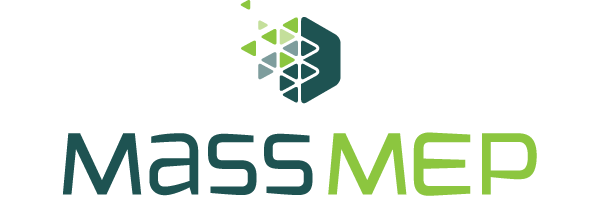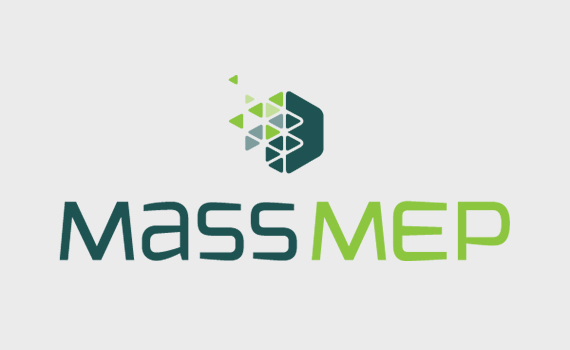DFM, DFA and now DFx Workshop & Opportunity for Grant Funded Design Assistance
<strong><a href="https://massmep.org/wp-content/uploads/2022/11/Workshop-1.png"><img class="wp-image-29528 aligncenter" src="https://massmep.org/wp-content/uploads/2022/11/Workshop-1-1024x1024.png" alt="" width="348" height="348" /></a></strong>
<strong>Workshop Details:</strong>
<ol>
<li><strong><u>Workshop</u>: 2-day, in-person workshop exploring the critical elements of Design for Excellence and refining your vision for maximizing your product. (See details below) </strong></li>
<li><strong><u>Up to $10,000 of Expert DFX Support</u>: New Program Benefit!
Participants will be given the opportunity to qualify for up to $10,000 of DFX support provided by Bayard Design. While up to 10 submissions will be selected for support by Bayard we will make efforts to assist others when possible</strong></li>
</ol>
This two-day workshop will teach participants about different cost-saving and efficient design processes such as Design for Manufacturability, Design for Assembly, and Value Engineering. Classroom discussions will include analyzing manufacturing processes, along with the benefits and drawbacks of each.
<u><b>UP TO $10,000 Of EXPERT DFX SUPPORT- DETAILS:</b></u>
Once you have refined your DFX needs we would like to provide further assistance in maximizing your product design. At the end of the workshop participants will be given a "DFX Project Scope Support Request Form” outlining areas in which you desire professional assistance.
This form can then be submitted for review by MassMEP, MassRobotics and Bayard Design to determine if your request can be addressed with the <a href="https://www.eda.gov/news/press-release/2021/04/16/us-department-commerce-invests-33-million-cares-act-recovery?q=/news/press-releases/2021/04/16/lowell-ma.htm">EDA MERT 2.0</a> funded support. You will be provided help in completing this request form during the workshop and virtually after the workshop. Once submitted you will receive notification, within 5 days, of potential additional support being offered to you.
<strong>In this Workshop:</strong>
Participants will learn how Design for Manufacturability (DFM) leads to finding the most cost-effective manufacturing processes that meet the customer's specifications. In addition, participants will learn how the Design for Assembly methodology can be used to develop the most cost-effective and productive way to design products for assembly. This training will also teach participants about Value Engineering and how it minimizes costs while maintaining functionality.
<strong>Who Should Attend:</strong>
This training is most beneficial to design engineers and other engineering and manufacturing personnel however, all levels of the company would benefit.
<strong>Cost Of Workshop:</strong>
This two-day workshop totals $99. Please be on the lookout for coupon codes on MassMEP Social (LinkedIn, FaceBook, Twitter, Instagram).
<strong>Location:</strong>
MassMEP, 27A Midstate Drive Auburn, MA 01501 Suite 200, 508-831-7020
[mep_register url="http://events.constantcontact.com/register/event?llr=7ldh5iebb&oeidk=a07ejigofau992da2bb"]






